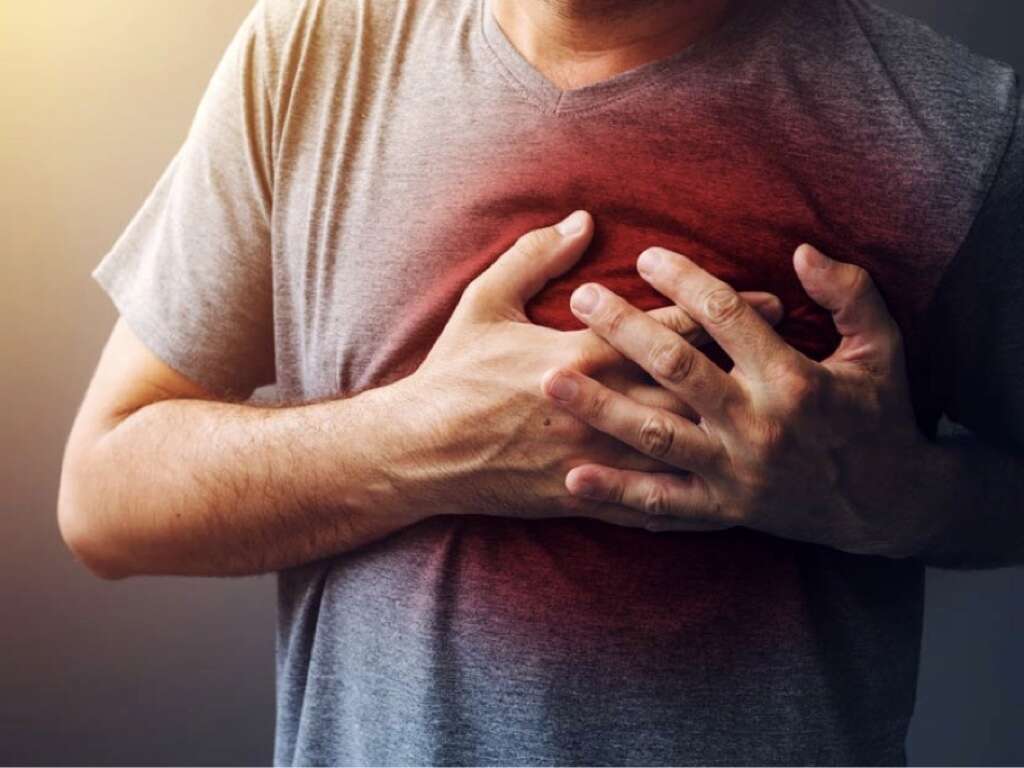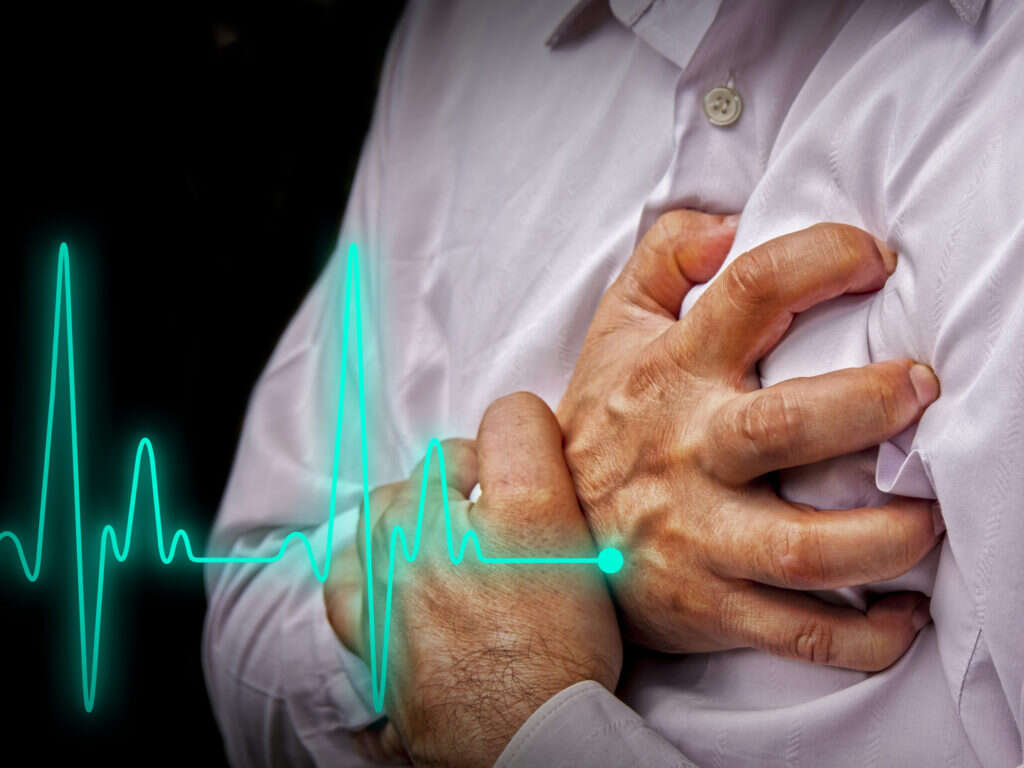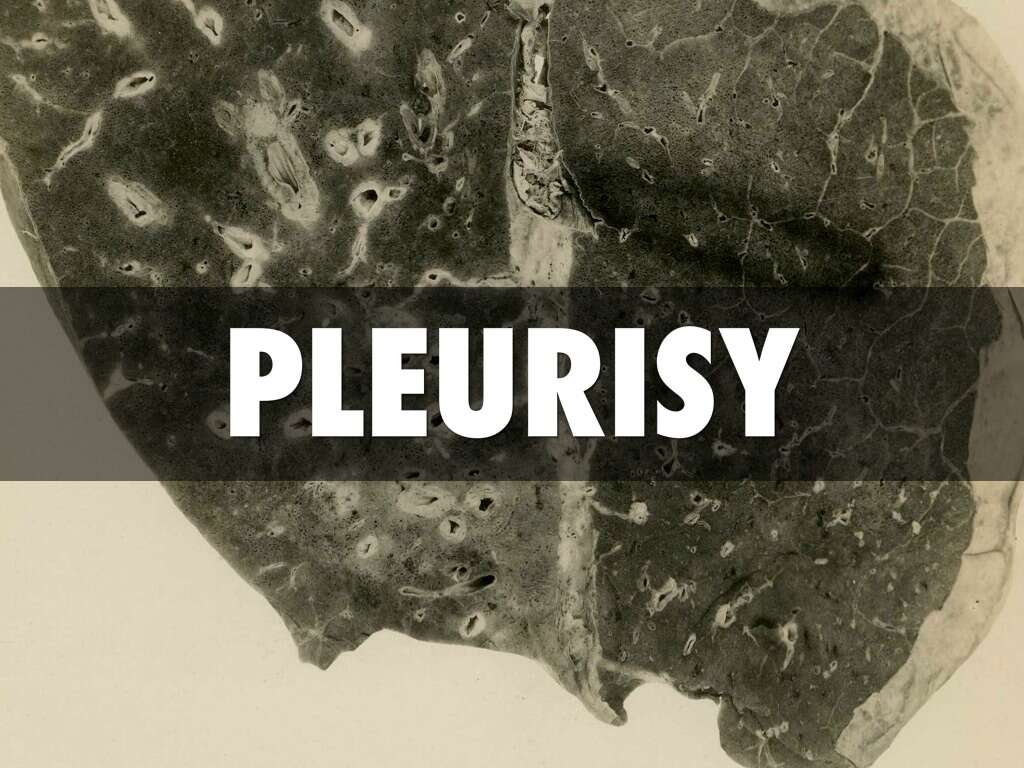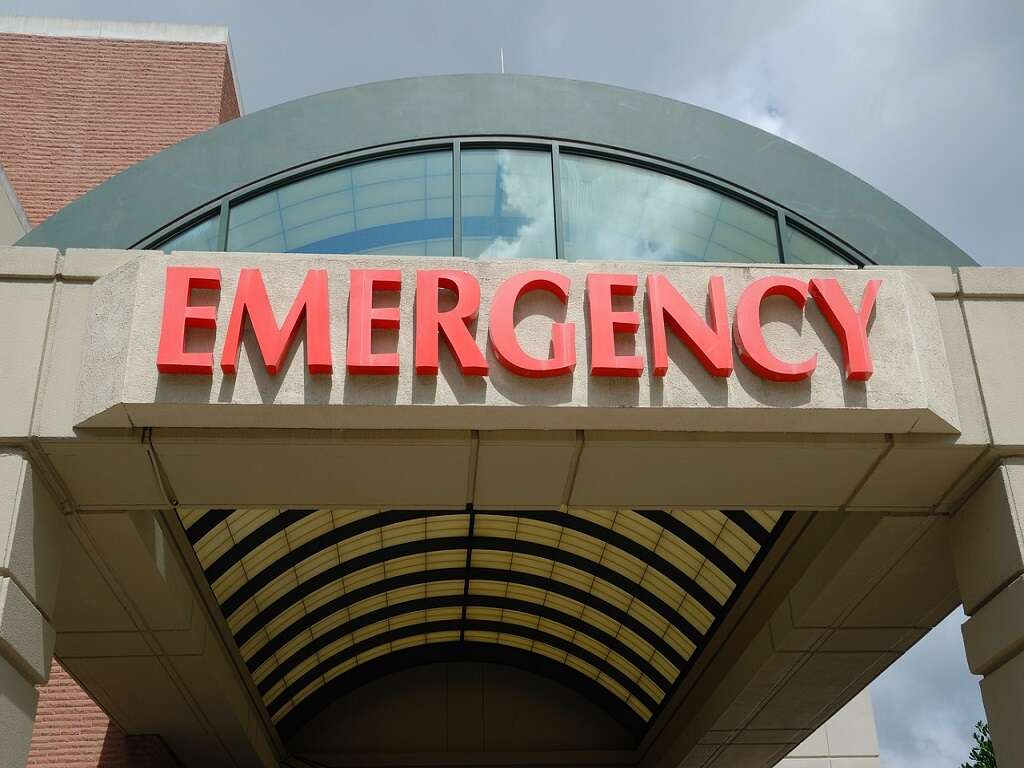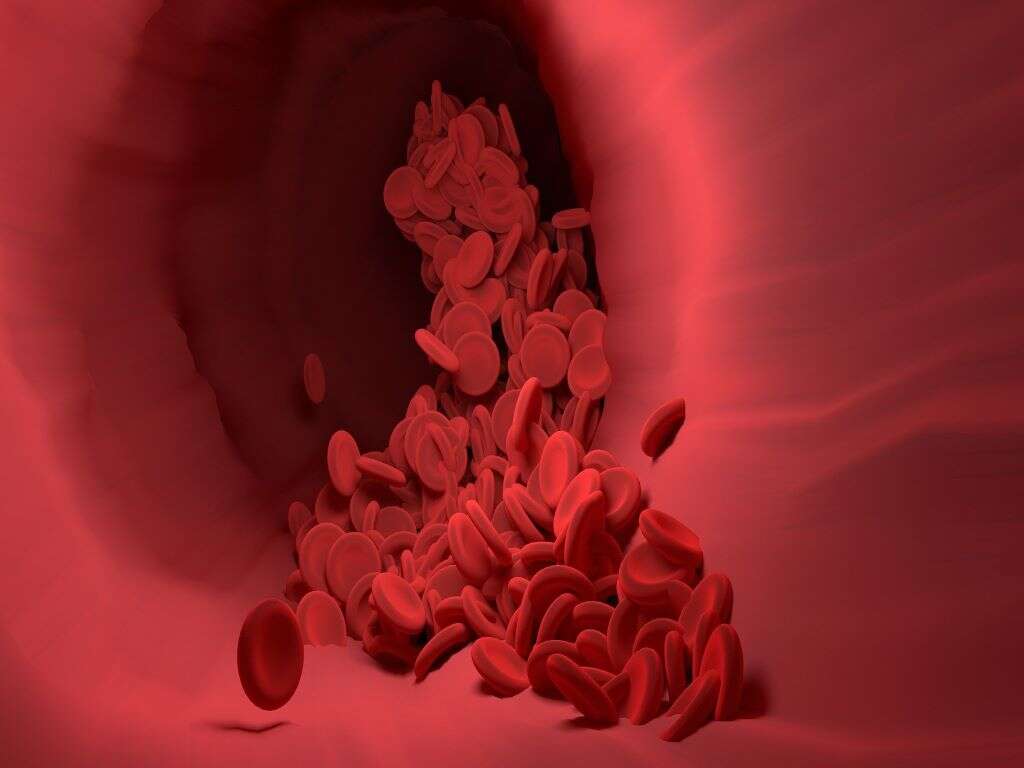Hemothorax Definition, Symptoms & More
 Article Sources
Article Sources
- 1. 'Hemothorax: MedlinePlus Medical Encyclopedia.' MedlinePlus, U.S. National Library of Medicine, medlineplus.gov/ency/article/000126.htm.
- 2. Gomez, Laura Pumarejo. 'Hemothorax.' StatPearls /[Internet/]., U.S. National Library of Medicine, 10 Aug. 2020, www.ncbi.nlm.nih.gov/books/NBK538219/.
- 3. 'Chest Injury Advice.' North Bristol NHS Trust, www.nbt.nhs.uk/sites/default/files/attachments/Chest Injury Advice/NBT002945.pdf.
A hemothorax is a relatively common complication after a serious chest trauma where blood collects between the chest wall and the lung within the pleural cavity. After a puncture or hit, internal injuries can cause bleeding into the chest cavity. Almost half of the blood in a person's body can fit in their chest cavity, and severe bleeding can cause collapsed lungs and even death.
Injury to the chest accounts for about 60% of traumatic injuries and is responsible for up to 25% of all trauma fatalities. Recognizing the signs of a potential hemothorax and seeking prompt and appropriate medical treatment can save lives.1‘Hemothorax: MedlinePlus Medical Encyclopedia.’ MedlinePlus, U.S. National Library of Medicine, medlineplus.gov/ency/article/000126.htm.

1. Symptoms of a Hemothorax
A common symptom of hemothorax is, predictably, chest pain. This may be accompanied by rapid, shallow or difficult breathing. A person's skin may be cold and sweaty and may take on a paler appearance. When traumatic injury causes a hemothorax, a person may go into shock, meaning their blood pressure suddenly drops. Shock can cause shortness of breath and clammy skin as well, and also requires prompt medical attention.
Not all symptoms of hemothorax are physical. If a person seems unnaturally anxious and restless following an accident, it may be warning signs of hemothorax.2Gomez, Laura Pumarejo. ‘Hemothorax.’ StatPearls /[Internet/]., U.S. National Library of Medicine, 10 Aug. 2020, www.ncbi.nlm.nih.gov/books/NBK538219/.
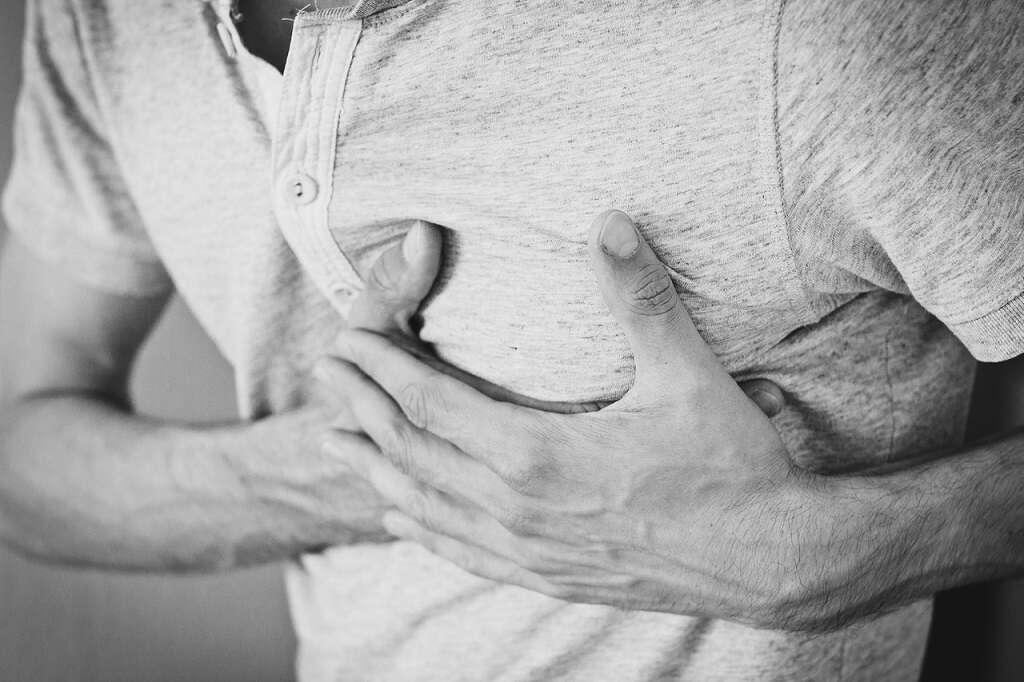
2. Causes of a Hemothorax
Usually, a hemothorax is caused by a chest injury. Car accidents are a common cause of chest trauma, but it can also be caused by falls, assaults or even sports injuries. Any time someone has taken an impact or had their chest punctured, it's good to be cautious of hemothorax.3‘Chest Injury Advice.’ North Bristol NHS Trust, www.nbt.nhs.uk/sites/default/files/attachments/Chest Injury Advice/NBT002945.pdf.
In rare cases, hemothorax may be caused by a medical procedure, such as surgery, or as a result of an illness, such as tuberculosis.2Gomez, Laura Pumarejo. ‘Hemothorax.’ StatPearls /[Internet/]., U.S. National Library of Medicine, 10 Aug. 2020, www.ncbi.nlm.nih.gov/books/NBK538219/.
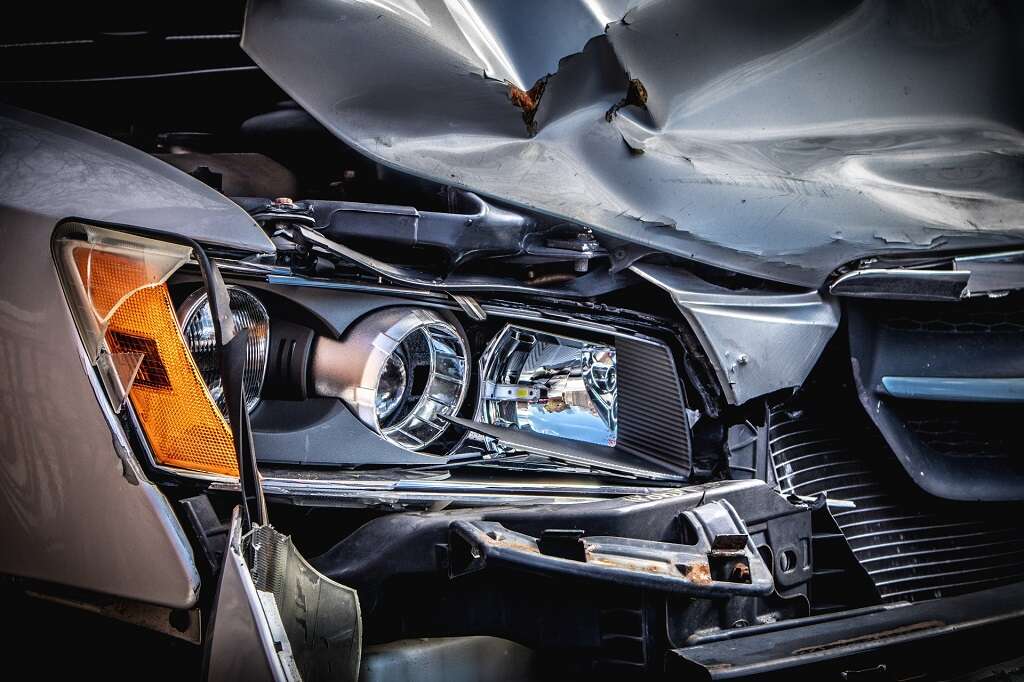
3. Risks of Hemothorax
The severity of a hemothorax depends on the amount of bleeding and type of injury or illness. A hemothorax with massive bleeding can quickly cause shock and even death. Not all injuries cause catastrophic bleeding, and a small hemothorax may not be immediately dangerous. However, this doesn't mean it's harmless.
Left untreated, even a small hemothorax may lead to infection, scarring, or collapsed lungs. All hemothoraces are dangerous, and getting treatment as soon as possible can result in a much better outlook.2Gomez, Laura Pumarejo. ‘Hemothorax.’ StatPearls /[Internet/]., U.S. National Library of Medicine, 10 Aug. 2020, www.ncbi.nlm.nih.gov/books/NBK538219/.

4. When To Go To the Hospital
Any injury to the chest should be treated as a medical emergency, especially with chest pain and shortness of breath. A person should see a doctor even if their symptoms are mild.
A person should seek medical attention immediately if they have severe pain in the chest, neck, shoulder or jaw. If a person is lightheaded, has a fever or cough, feels heaviness in their chest or has severe breathing difficulty following an accident, they need to go to the emergency room immediately.2Gomez, Laura Pumarejo. ‘Hemothorax.’ StatPearls /[Internet/]., U.S. National Library of Medicine, 10 Aug. 2020, www.ncbi.nlm.nih.gov/books/NBK538219/.

5. What To Expect at the Hospital
Typically, an emergency team monitors vital signs, manages pain and provides treatment as soon as possible, depending on the severity of the hemothorax and other medical emergencies the department is managing.
In cases of severe trauma, the goals are to get the person stable, stop the bleeding, and remove the blood and air from the chest cavity as soon as possible.2Gomez, Laura Pumarejo. ‘Hemothorax.’ StatPearls /[Internet/]., U.S. National Library of Medicine, 10 Aug. 2020, www.ncbi.nlm.nih.gov/books/NBK538219/. A doctor usually discusses surgery or intensive care treatment with a person or family if it's needed.3‘Chest Injury Advice.’ North Bristol NHS Trust, www.nbt.nhs.uk/sites/default/files/attachments/Chest Injury Advice/NBT002945.pdf.

6. Diagnosis of Hemothorax
In an emergency situation, doctors need to balance diagnosis and providing quick treatment. If there are serious or traumatic injuries that need immediate treatment, a doctor may make a diagnosis based on how the person is breathing or sounds from the affected side. They may also take fluid from the chest cavity to check for air and blood.
In less immediately life threatening circumstances where there's more time, a doctor may call for a CT scan or X-Ray to confirm a hemothorax.2Gomez, Laura Pumarejo. ‘Hemothorax.’ StatPearls /[Internet/]., U.S. National Library of Medicine, 10 Aug. 2020, www.ncbi.nlm.nih.gov/books/NBK538219/.
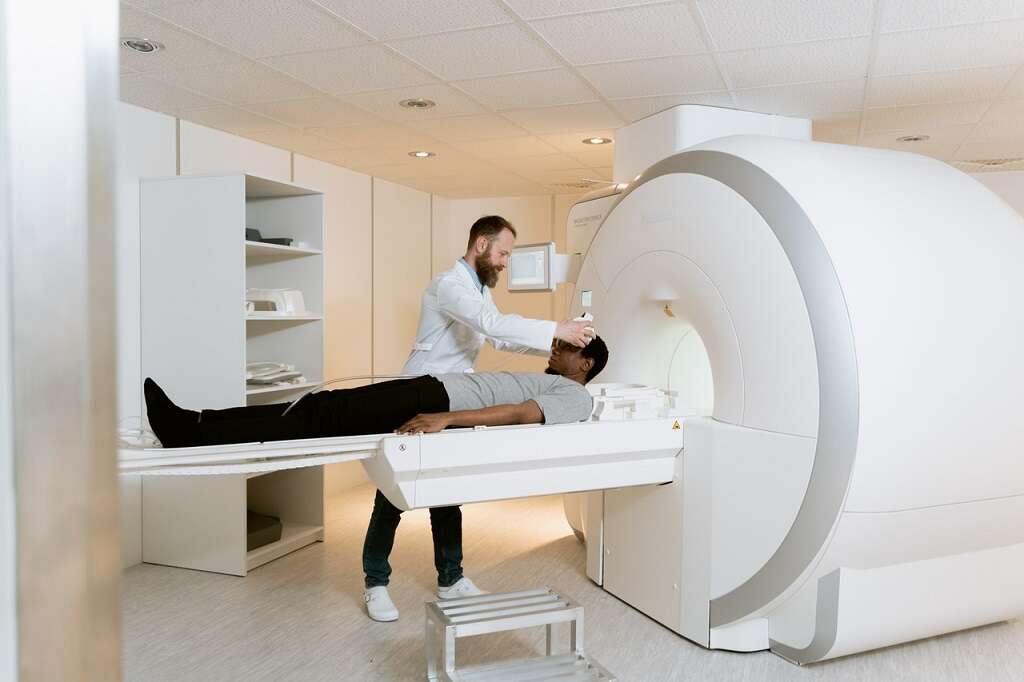
7. Treatments for Hemothorax
Surgery isn't usually the first treatment used for hemothorax, although it may be necessary if other treatments can't manage the bleeding. A person may be put on a breathing machine or ventilator to help with oxygen delivery. They may have fluids put in through an IV or be given a blood transfusion. They may also receive medication.2Gomez, Laura Pumarejo. ‘Hemothorax.’ StatPearls /[Internet/]., U.S. National Library of Medicine, 10 Aug. 2020, www.ncbi.nlm.nih.gov/books/NBK538219/.
The two most common treatments for hemothorax are chest drains and pain management.3‘Chest Injury Advice.’ North Bristol NHS Trust, www.nbt.nhs.uk/sites/default/files/attachments/Chest Injury Advice/NBT002945.pdf.
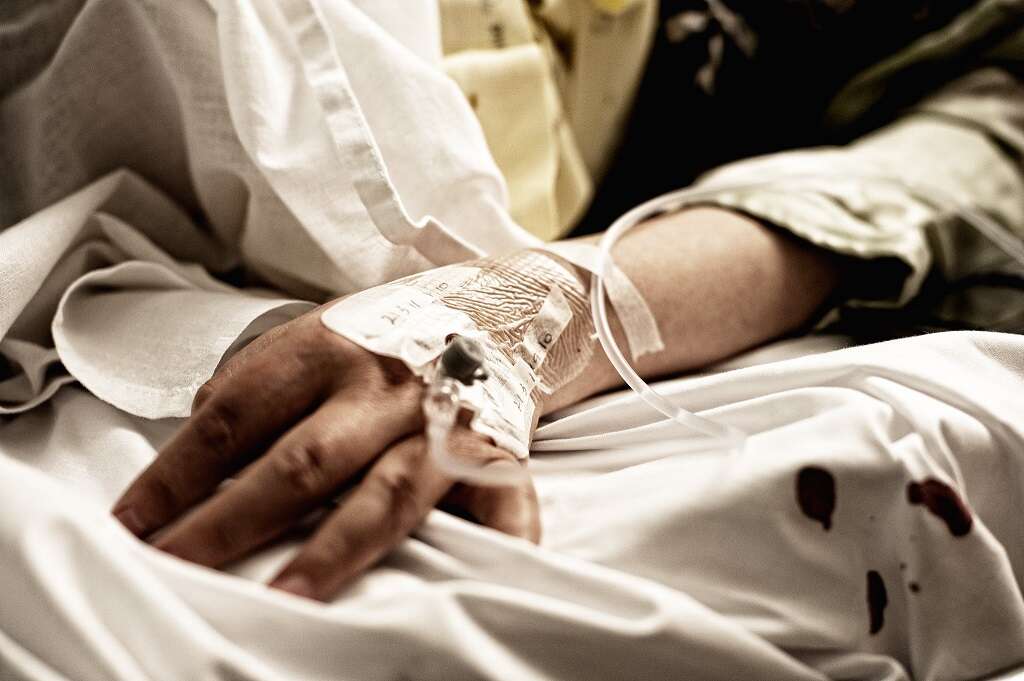
8. Chest Drains & Hemothorax
A chest drain is a sterile, soft plastic tube inserted into the chest to drain the blood and air from the chest cavity. The doctor usually explains the procedure ahead of time to the person or their family.
It's very important that the drainage bottle remain upright and below the chest. Air bubbles in the fluid are expected and monitored. The drain may be uncomfortable, but it shouldn't be painful. If there's pain, a person should tell their nurse or doctor.3‘Chest Injury Advice.’ North Bristol NHS Trust, www.nbt.nhs.uk/sites/default/files/attachments/Chest Injury Advice/NBT002945.pdf.
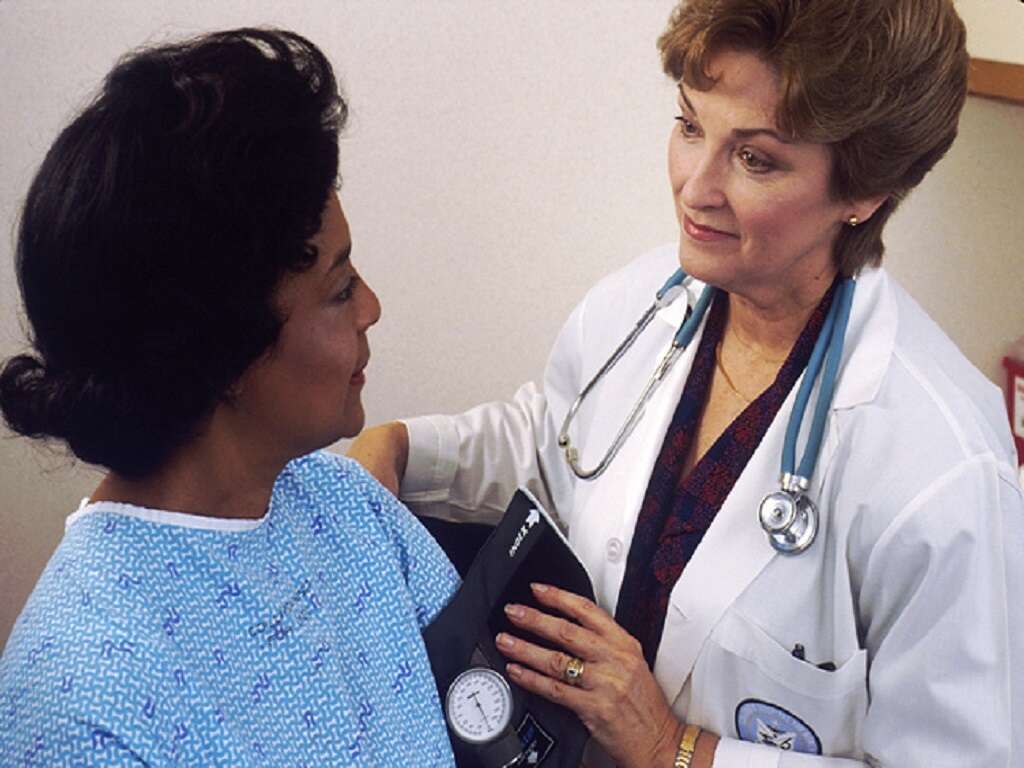
9. Pain Management & Hemothorax
It's important to take recommended pain medication to heal efficiently. Pain management may allow a person with a hemothorax to move, cough and breath deeply. If there's a broken rib, lidocaine plasters may be applied to the skin. In extreme cases, an anesthesiologist may use nerve blocks, such as an epidural.
A person should talk with their doctor or seek a second opinion if they have concerns about their pain treatment. A doctor or anesthesiologist should be willing to explain and answer questions.3‘Chest Injury Advice.’ North Bristol NHS Trust, www.nbt.nhs.uk/sites/default/files/attachments/Chest Injury Advice/NBT002945.pdf.

10. Recovering From a Hemothorax
A doctor may recommend breathing exercises to help heal and strengthen the lungs. This involves taking a slow, deep breath in and holding it. This is often followed by coughing to clear the lungs and may be done hourly in the first few days of recovery. Early movement is also usually recommended, which is why pain management is so important.
If there is a fever, unmanageable pain, shortness of breath or the person feels ill after going home, they should see a doctor right away.3‘Chest Injury Advice.’ North Bristol NHS Trust, www.nbt.nhs.uk/sites/default/files/attachments/Chest Injury Advice/NBT002945.pdf.



